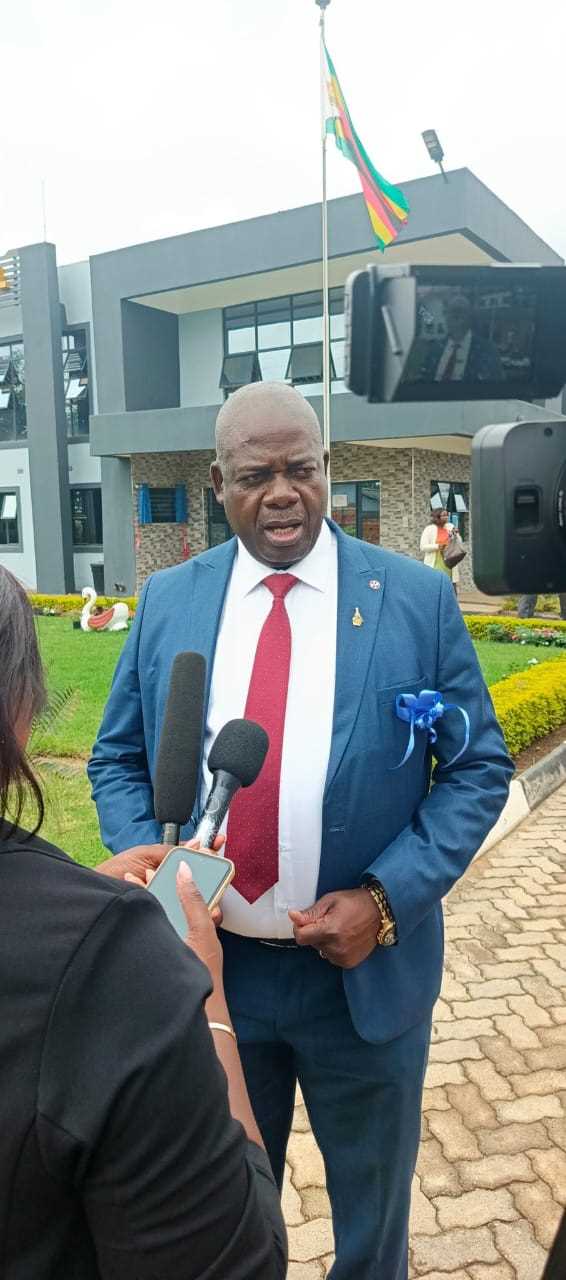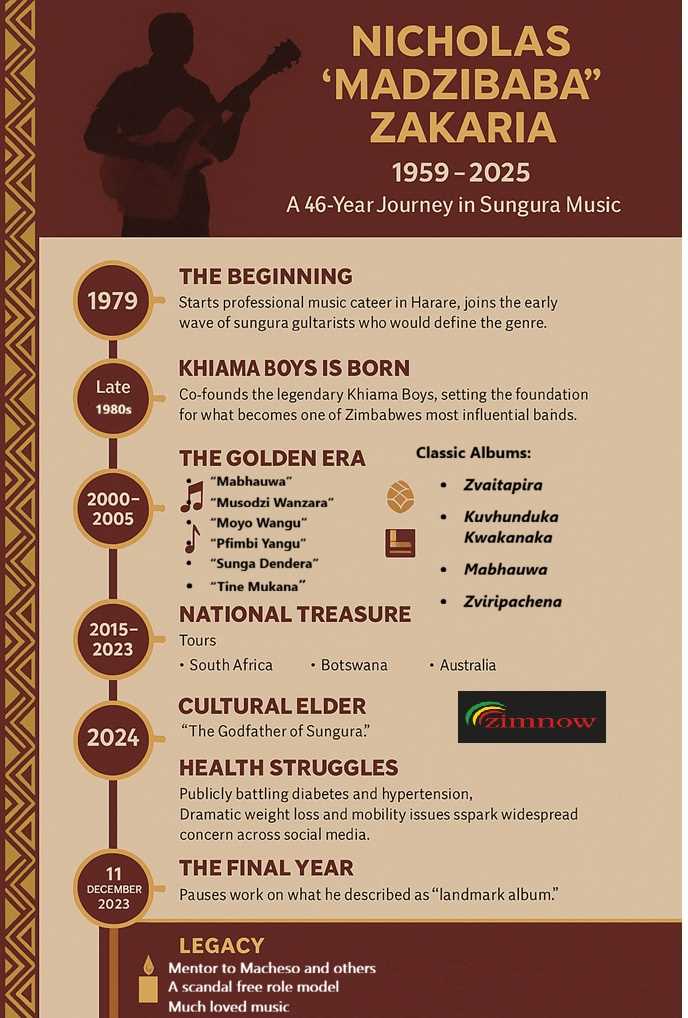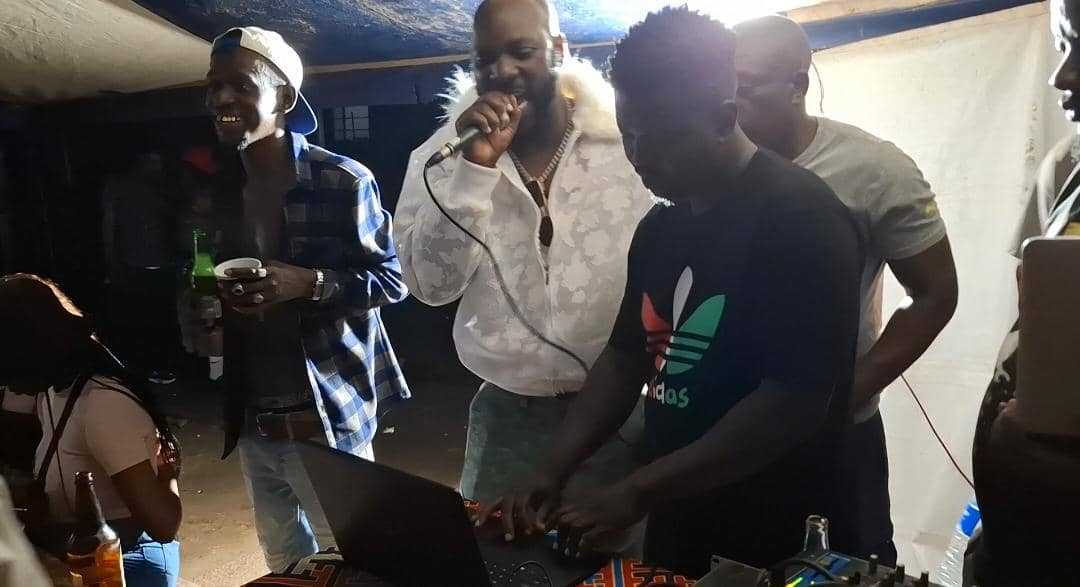
In the hushed nave of Oxford’s University Church of St Mary the Virgin — a space steeped in English academia and faith — the air now crackles with a different kind of reverence.
Here, where centuries of sermons once glorified empire and intellect, Zimbabwean voices rise from stone, chiselling out truth, pain, and defiance.
The exhibition, “The Rhodes Legacy through the Eyes of Zimbabwean Sculptors,” is no ordinary art show. It is an act of reckoning — a confrontation between history’s silenced and its architects.
Conceived by the Oxford Zimbabwe Arts Partnership (OZAP) and supported by Oriel College, it poses a question that Oxford itself has long avoided: Did Cecil Rhodes’s forces commit genocide in Zimbabwe?
Rhodes — the imperialist whose statue still looms defiantly over Oxford’s High Street — left behind vast sums to the university, even as his colonial conquests left Zimbabwean soil soaked in blood. Now, more than a century later, sculptors from Harare and Chitungwiza are turning the gaze back on him, their hands carving what words can scarcely contain.
Over 100 artists from Zimbabwe submitted their visions to OZAP’s competition earlier this year, in partnership with the Chitungwiza Arts Centre, one of the region’s most vibrant hubs for stone sculpture. Their brief: to respond to Rhodes’s violent legacy — the wars of conquest, forced displacements, and the enduring scars of cultural erasure — while also affirming the resilience of the people who survived.
Among the entries, six pieces rose to prominence. At the heart of the exhibition stands “Blindfolded Justice”, a haunting stone work by 34-year-old Wallace Mkankha, born and raised in Chitungwiza. His figure, eyes covered by stone hands, emanates anguish and strength in equal measure.
“The face, shrouded in anguish, symbolizes the suffering of the Zimbabwean people,” Mkankha explains. “The hands trying to remove the blindfold represent our determination to see truth, to break free from oppression. It is a call for justice, equality, and peace.”
The judges — led by Lord Neil Mendoza, Elleke Boehmer, Be Manzini, and sculptor Norbert Shamuyarira — were unanimous. Blindfolded Justice is more than a sculpture; it is a statement of national memory cast in enduring stone.
Other winning works echo the same call. Tafadzwa Tandi’s “Peaceful Oppression”, Sydney Manjengwa’s “Three Labourers, One Struggle,” and Gift Mutsahuni’s “Freedom Fighter” explore how Rhodes’s empire extracted both land and labour, leaving behind not only physical wounds but generational trauma.
In one artist’s words, “When young Europeans came, we welcomed them with open arms. We thought they were only passing through. But they began to take our land. When we realized what was happening, we woke up in shock.”
The irony is impossible to ignore. Just across the street from the exhibition stands Rhodes himself — cast in stone above Oriel College, his gaze fixed on the city that made him immortal.
The exhibition’s academic advisor, Professor William Beinart, Emeritus Professor of African Studies at Oxford, provides the historical context.
Related Stories
“It is likely that 20,000 to 25,000 Africans died in the conquest of Zimbabwe in the 1890s,” he writes. “Among the Ndebele, perhaps 12 percent of the core population perished. Whether this meets the legal threshold of genocide remains an urgent question for Oxford and the Rhodes Trust.”
His words hang in the gallery like an indictment — not just of Rhodes, but of the systems that celebrated him.
At the exhibition’s launch, Oriel College Provost Lord Mendoza hosted an audience that included Oxford’s Vice-Chancellor Professor Irene Tracey and Zimbabwean artists connected via live stream. In his address, OZAP founder Richard Pantlin-Nxumalo posed a provocative question: “Who truly embodies the legacy of Cecil Rhodes?” His answer: “Both Ian Smith and Robert Mugabe.”
That statement — unsettling yet piercing — reframed the exhibition’s mission. It is not just about history’s villains, but also about the complicated inheritance of power, identity, and nationalism in the postcolonial world.
For many visitors, the exhibition’s impact lies in its paradox: that from the ruins of empire, Zimbabwean artists have crafted something profoundly redemptive.
“The small bowl at the side of my sculpture,” explains artist Tracy Chatsama, “reminds us how African labour was repaid with empty wages. Yet within this emptiness lies the possibility of renewal — a call to restore indigenous knowledge and rebuild communities on principles of shared wealth and cultural pride.”
Such sentiments resonate deeply within Oxford’s medieval walls, where conversations about colonial restitution continue to simmer. What OZAP achieves is more than dialogue — it is a living bridge between the descendants of empire and those it subjugated.
Founded in 2020 in the wake of #RhodesMustFall and Black Lives Matter, OZAP seeks not to erase history, but to heal through art. “We use Zimbabwean sculpture as a constructive way forward for historic healing,” says Pantlin-Nxumalo. “Each piece is a conversation, a challenge, and a prayer.”
As sunlight filters through the stained-glass windows of St Mary’s Church, it catches on the curves of serpentine and springstone — the native Zimbabwean rocks from which these stories are hewn. Shadows ripple across the sculptures like memories resurrected.
The exhibition runs daily until December 7, before it begins a 2026 tour across the United Kingdom — an odyssey of remembrance that continues to ask uncomfortable questions.
Can a statue still stand when the truth beneath it is cracking?
Can a university founded on empire ever fully confront the ghosts that built it?
Perhaps the answer lies not in the towering effigy across the street, but in the hands of Zimbabwean sculptors — steady, unflinching, carving justice from stone.



















Leave Comments